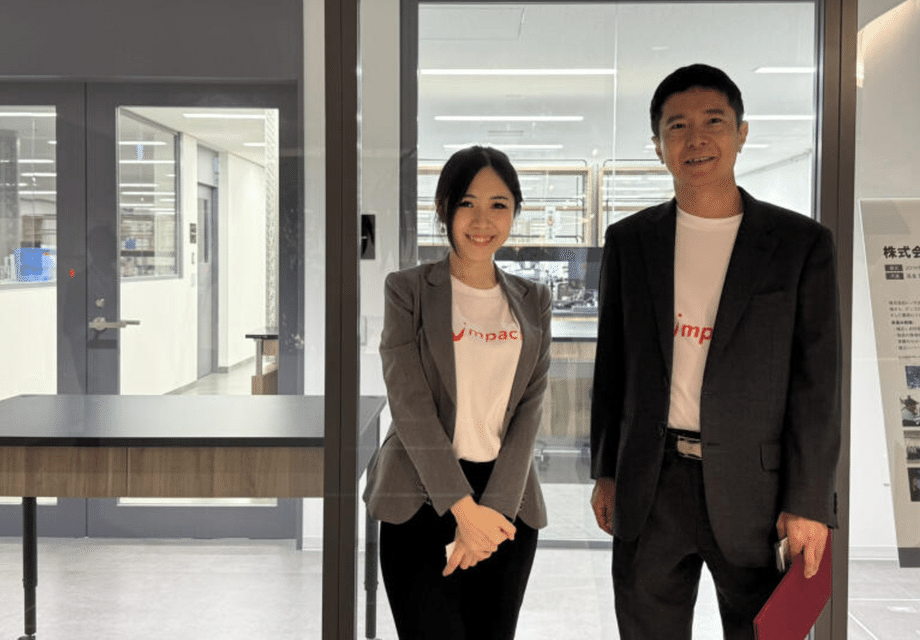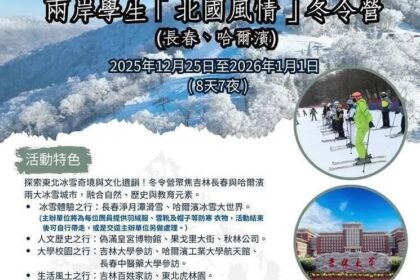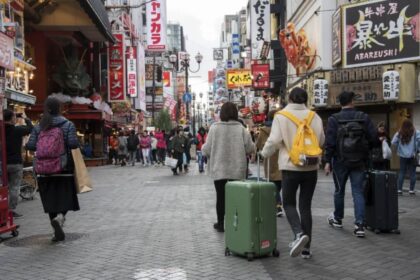A milestone for cultivated seafood in Tokyo
Singapore startup ImpacFat has begun operations in Japan after a launch on Oct 1, advancing a novel approach to seafood ingredients that are grown in a lab rather than harvested from the ocean. The company says it is the first in the world to cultivate Omega 3 rich fish fat from fish stem cells. The Tokyo presence includes a shared office and laboratory at Link Scholar’s Hub in Takanawa Gateway City through a service contract with East Japan Railway Company. For a country with a deep culinary tradition around seafood and a strong supplements market, the move places a young Singapore science venture inside one of the most discerning consumer landscapes in the world.
ImpacFat’s core idea is simple and ambitious. Create real fish fat from cells, then use it to improve the taste, texture, aroma and nutrition of alternative protein products. Fat carries flavor compounds, provides mouthfeel, and affects how foods cook and release aromas. Plant based oils help, yet they behave differently from animal fat and can fall short on taste. The company believes cultured fish fat can make plant based or cell based seafood taste closer to the real thing. It also sees a path to entirely new formats, including future cell cultured sashimi that looks and feels like seafood without requiring fishing.
The firm holds patents that cover key markets including Singapore, Japan, China, Europe and the United States. It emerged from Singapore’s deep tech ecosystem with links to A STAR, Republic Polytechnic and the National University of Singapore. Co founders include chief executive Mandy Hon and stem cell biologist Dr Shigeki Sugii, a principal investigator at A STAR who has spent two decades publishing research on fat biology, stem cells and metabolic health.
Japan brings both opportunity and challenge. The country has a sophisticated seafood culture and consumers who value marine based nutrition, yet there is no fully defined rulebook for selling lab grown meat or seafood as food. In the near term, the company plans to deploy its cultivated fish fat in cosmetics and skincare where rules are clearer. It targets approvals for use in Singapore and Japan by March 2026, and it also sees applications in premium pet nutrition.
Why fat may be the missing piece in alternative protein
Fat affects almost every sensory cue people use to judge a bite of food. It carries flavor, it melts and sizzles during cooking, and it creates the soft, springy or silky textures people expect from fish and meat. Many plant based products rely on coconut or seed oils, which do not behave exactly like animal fat and can lose aroma or taste after cooking. Cultivated fish fat, grown from fish cells, aims to restore the missing cues by recreating the structure and lipid profile of fish adipose tissue.
Fish fat is also valued for Omega 3 fatty acids, in particular EPA and DHA. Humans do not synthesize these efficiently, so they come from diet, often through fish or fish oil supplements. Studies have linked Omega 3 intake with heart health, brain function, blood pressure regulation and vision. ImpacFat’s approach seeks to deliver the same beneficial fats while avoiding contaminants sometimes found in marine sources. The company says its cultivated fat is free from mercury, microplastics and common pathogens because it is grown in controlled conditions.
How cultivated fat is grown
At a high level, the process begins by sourcing cells from fish species, then expanding them in sterile tanks called bioreactors. Under specific conditions, the cells are guided to become adipocytes, the cells that store lipids in fat tissue. Over time, these cells accumulate lipid droplets, creating a fatty tissue that can be harvested as an ingredient. The method draws on advances in stem cell biology and tissue culture that have progressed quickly in the past decade.
Fat can be simpler to culture at scale than whole muscle because it does not require complex fibers or layered structures for basic functionality. That means the technical focus falls on secure cell lines, consistent growth media, and cost control for large runs. Many cultivated protein companies are shifting toward animal component free media and plant derived growth factors. The nearer that supply chain gets to commodity pricing, the closer these products get to mass market costs.
Nutritional profile and safety
Because the cells are fish cells, the resulting lipids can mirror the fatty acid profile people expect from seafood. The company says it can tune the composition toward EPA and DHA targets, depending on species and culture conditions. Growing fat in clean facilities helps avoid heavy metals and other contaminants that can accumulate in wild fisheries. That said, food use will still require rigorous approval in each market, including validation that production meets safety and quality standards. This is one reason ImpacFat is prioritizing categories like skincare first while laying groundwork for food applications later.
Why Japan, and why now
Japan is a natural test bed for marine nutrition and next generation seafood. Consumers are highly aware of the benefits of Omega 3, and the country has a large market for seafood and supplements. At the same time, Japan faces food security challenges. The nation’s food self sufficiency rate has hovered around 38 percent in recent years, and imported fish supply can be volatile as climate change, overfishing and geopolitical limits reshape catch volumes and prices.
ImpacFat’s base at Takanawa Gateway City connects the company to a growing innovation district backed by East Japan Railway Company. The location provides lab space and access to partners across food processing, distribution and biotechnology. The company argues that this ecosystem can speed up development and validation, and it plans to expand a small Japan team to work alongside its Singapore researchers.
Regulation and the early market route
Japan does not yet have a clear pathway to approve cultured meat or seafood for sale as food, though government agencies and industry groups have begun work toward guidelines. Singapore has been an early mover on cultivated protein approvals, but each new product and process requires separate review. In this context, cosmetics and skincare represent a faster route to market for cultivated fish fat. The company targets approval to use its ingredient in Japan and Singapore by March 2026, with food use to follow once regulators finalize standards and producers demonstrate safety at commercial scale.
Funding, partners and industrial know how
The Tokyo expansion comes with new investment and strategic collaboration. Toyo Seikan Group, a major Japanese packaging and materials company founded in 1917, has invested in ImpacFat. Toyo Seikan helped pioneer the retort pouch in 1968, a ready to eat packaging breakthrough that paired food safety with long shelf life. The group today spans packaging, engineering, functional materials and logistics with a large global footprint. Its experience in process engineering, quality systems and product commercialization can help a young lab team move toward industrial standards.
Other backers include 144 Ventures, part of Leave a Nest Group, and Mr Lin Xiangliang, the chief executive of bioprocess company Esco Aster. The investor mix can open doors to pilot manufacturing, validation partners and distribution networks. ImpacFat also signed a service contract with JR East to operate from Link Scholar’s Hub at Takanawa Gateway City. The combination of location, funding and industrial partners gives the startup a clearer path to test products, engage regulators and refine formulation for different uses.
Environmental and animal welfare claims
The company positions cultivated fish fat as an alternative to fish oil and traditional fishing practices that supply marine lipids. It estimates that producing one tonne of cultivated fish fat could spare up to 3,000 marine lives, depending on species and yield assumptions. It also projects up to 80 percent lower greenhouse gas emissions than conventional fish oil production. The fishing supply chain can be energy intensive, since large vessels burn fuel to reach grounds, nets harvest mixed species, and processing plants refine oil before shipment. Growing fat in tanks inside cities shifts the footprint toward electricity and materials, which can increasingly come from low carbon sources.
This approach also aims to reduce pressure on wild fish stocks, including species under strain from overfishing and habitat loss. Japan’s cultural and culinary focus on species like tuna and eel makes sustainable sourcing a complex challenge. Replacing a portion of marine lipids with cultivated fat would not fix those pressures, yet it could help diversify supply, improve resilience and limit bycatch associated with industrial fishing.
From lab bench to market
For now, the near term plan is skincare, beauty and supplements, followed by premium pet nutrition. Fish derived lipids are already common in these categories. Cultivated fat could offer a cleaner label story, with precise control over fatty acid levels and the absence of marine contaminants. Early cosmetic uses could include formulations for skin barrier support, moisturization and wound recovery, areas where lipids help protect and repair tissue. These are regulated as cosmetics, not foods, which lowers the initial barrier to entry as the company scales production.
Food use remains the long range goal. In plant based seafood, the ingredient could be blended with proteins from soy, pea or algae to restore aroma and mouthfeel. In cell cultured seafood, it could be combined with lab grown muscle to create more lifelike cuts. Building a path to price parity will require progress in media costs, cell line stability and bioreactor productivity. The company has started to insource components and methods to reduce costs, and it plans joint research with partners in Japan to find more efficient ways to grow and harvest fat.
Headcount remains lean. The team has about 10 people in Singapore and plans to add up to three in Japan. The Tokyo site is designed to complement Singapore research, not replace it. That cross border setup can help the company adapt formulations to local preferences and validate quality with local partners while maintaining a core platform in Singapore.
Competition and global context
Alternative sources of marine lipids already exist, especially algae derived oils that provide EPA and DHA without fishing. Companies in cultivated fat for land animals are also moving forward, with food uses focused on pork or beef fat. ImpacFat’s lane is fish fat from fish cells, which targets a distinct taste profile and cultural use case. If it can deliver consistent quality at lower cost over time, it could become a specialized input across food, beauty and pet care. That makes the Tokyo footprint a strategic test, since Japanese consumers combine high expectations for taste with interest in health and quality.
The market opportunity is large. Analysts forecast the global Omega 3 ingredients market to exceed 8 billion dollars by 2030. A share of that growth could come from lab grown sources if scale, cost and regulation align. Japan’s research depth, manufacturing discipline and consumer sophistication make it a demanding stage. Success there could help validate the category for other markets, including the United States and Europe, where regulators are also shaping rules for cell based foods.
Key Points
- ImpacFat, a Singapore startup, launched in Japan with a lab and office at Takanawa Gateway City in Tokyo
- The company cultivates Omega 3 rich fish fat from fish stem cells to improve taste, texture and nutrition in next generation foods
- Initial focus is cosmetics, skincare and supplements, with targeted approval in Singapore and Japan by March 2026
- Food use will follow regulatory clearance, with future goals that include cell cultured sashimi
- Investors include Toyo Seikan Group, 144 Ventures and Esco Aster chief executive Lin Xiangliang
- Toyo Seikan brings a long history in packaging and process engineering, including the retort pouch innovation in 1968
- The company says its process can cut greenhouse gas emissions by up to 80 percent compared with conventional fish oil production
- It estimates up to 3,000 marine lives could be spared per tonne of cultivated fish fat
- Japan’s food self sufficiency rate is about 38 percent, and consumers have strong awareness of marine nutrition
- The global Omega 3 ingredients market is projected to exceed 8 billion dollars by 2030












